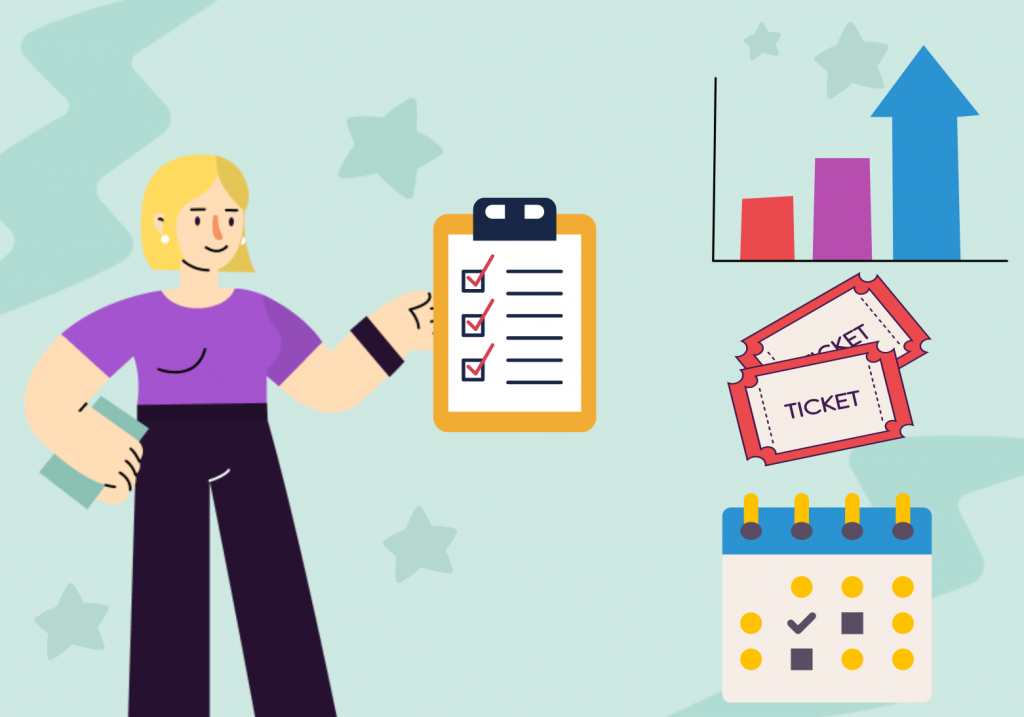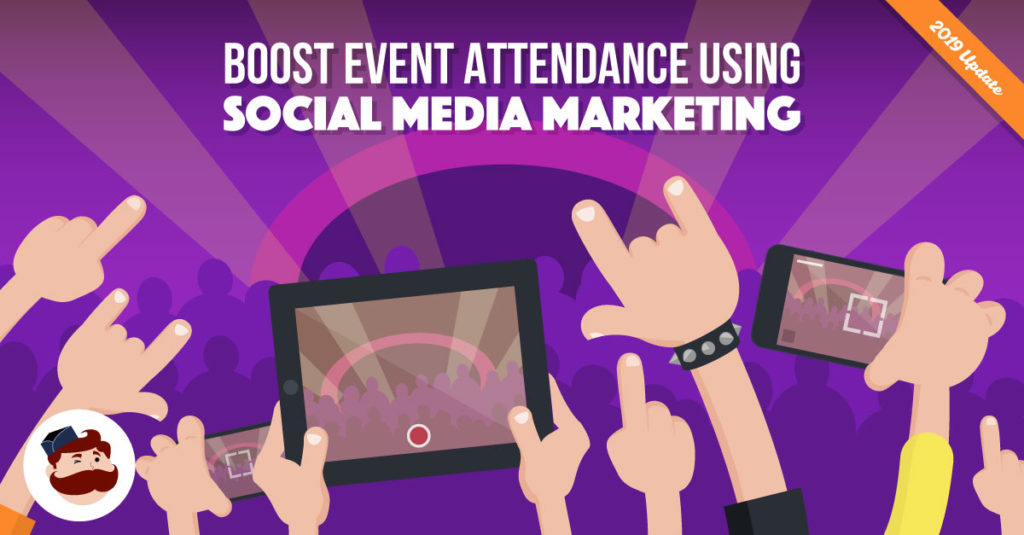
One of the most important factors determining the success of an event is ticket pricing. Get it right, and you’ll see your event sold out faster than you can say “early bird special.” Get it wrong, and you could end up with empty seats or underwhelming attendance, despite all the effort you’ve put into organizing and promoting your event.
Ticket pricing isn’t just about slapping a number on a ticket and calling it a day. It’s about finding the sweet spot that appeals to your target audience, maximizes revenue, and encourages early ticket sales while maintaining the perceived value of your event.
In this article, we’ll break down effective ticket pricing strategies that will help you boost attendance and optimize your event’s revenue. Let’s dive into the world of ticket pricing and see how you can leverage it for maximum impact!
1. Offer Early Bird Discounts to Create Urgency
Early bird pricing is one of the most popular and effective strategies for boosting event attendance. Offering discounted tickets for those who commit early helps build excitement, fill seats faster, and create a sense of urgency.
How It Works:
- Discounted pricing: Early bird tickets are typically sold at a lower price than regular tickets, incentivizing people to buy early to secure the best deal.
- Limited availability: Set a clear deadline for when early bird tickets will expire (e.g., 3 weeks before the event), and make sure to promote this countdown so potential attendees feel the pressure to act fast.
Why This Works:
- Increased sales: People are often more inclined to purchase tickets if they know they’re getting a good deal, which leads to faster ticket sales.
- Momentum: Early bird tickets create buzz around your event and help build social proof. As more tickets sell, others will be encouraged to purchase, fearing they’ll miss out.
- Better cash flow: Early ticket sales generate revenue upfront, which you can reinvest in marketing, production, or other event-related costs.
Pro Tip: Offer a tiered early bird structure. The first 50 tickets could be even cheaper, the next 100 slightly more expensive, and so on. This makes the early bird tickets feel even more exclusive.
2. Implement Tiered Pricing to Maximize Revenue
Tiered pricing allows you to offer different price levels based on factors like ticket quantity, seating options, and access privileges. This strategy helps you target a broader audience by catering to different price sensitivities, while also maximizing revenue from attendees willing to pay more for premium experiences.
How It Works:
- General Admission (GA): The most affordable option for people who just want to experience the event at a basic level.
- VIP or Premium Pricing: Offer a higher-priced ticket with added perks like VIP seating, backstage access, or a meet-and-greet with speakers or performers.
- Exclusive Add-Ons: Create ticket bundles that include perks like food, parking, or swag. This can be a great way to increase ticket value and encourage people to spend a bit more.
Why This Works:
- Appeals to all budgets: By offering different price points, you’re more likely to attract attendees from various financial backgrounds.
- Upselling potential: You’ll attract the budget-conscious with lower-tier pricing, while those looking for a premium experience will pay more for added benefits.
- Increased revenue: By offering additional perks or exclusive experiences, you can justify higher ticket prices, helping you generate more revenue per attendee.
Pro Tip: Use tiered pricing to create a sense of exclusivity. The closer to the event date, the more expensive the tickets should become, encouraging people to buy earlier.
3. Offer Group Discounts for Increased Attendance
Group discounts are a great way to get people to attend your event with their friends, family, or colleagues. Offering special pricing for group purchases not only helps fill seats but also encourages word-of-mouth marketing and makes your event feel like a social occasion.
How It Works:
- Discounted rates for bulk tickets: Offer a discount when a certain number of tickets are purchased at once, like “10 tickets for the price of 8.”
- Corporate or group packages: Target businesses, schools, or other organizations by offering group packages that include special seating or perks for large groups.
Why This Works:
- Increased attendance: Group discounts make attending more affordable for families, friends, and organizations, which can significantly boost ticket sales.
- Social buzz: When people buy group tickets, they’re likely to share the news with others, generating organic promotion for your event.
- Repeat customers: Offering group discounts can build a loyal customer base, as people attending with a group are more likely to return for future events.
Pro Tip: Create a referral program tied to group discounts. For example, give a bonus ticket or a special perk to someone who brings in multiple friends to buy tickets.

4. Leverage Dynamic Pricing for Maximum Flexibility
Dynamic pricing involves adjusting ticket prices based on demand and timing. Think of how airline prices fluctuate based on how soon you book, how many tickets are left, or the time of day. You can apply a similar strategy to your event to maximize ticket revenue while responding to demand fluctuations.
How It Works:
- Price increases as the event nears: As the event date approaches and ticket inventory dwindles, increase prices. People who hesitate to buy tickets may be encouraged to purchase at the lower price, while those willing to pay a premium won’t mind the last-minute cost.
- Peak pricing during high demand: If your event has certain “high demand” periods (e.g., opening night, popular performers), you can price those tickets higher to reflect their popularity.
- Automated adjustments: Use event ticketing platforms that offer automated dynamic pricing tools that adjust prices based on factors like availability, time, or location.
Why This Works:
- Maximizes revenue: You capitalize on higher ticket prices when demand is at its peak, optimizing your profits.
- Flexibility: Dynamic pricing lets you adapt to market conditions and audience behavior, helping you fill seats while maximizing earnings.
- Demand-driven pricing: It’s a natural response to increasing interest, so customers understand that they’re paying more as tickets become scarcer.
Pro Tip: Be transparent about price increases. Let your audience know that ticket prices will go up as the event nears so they’re incentivized to act fast.
5. Offer Payment Plans for Larger Purchases
For high-ticket events like festivals, conferences, or luxury experiences, the upfront cost of a ticket can be a barrier to attendance. Offering payment plans allows attendees to pay in installments, making it easier for them to commit to purchasing tickets.
How It Works:
- Installment payments: Set up payment options that allow people to split their ticket cost into 2–4 equal payments. For example, a $200 ticket could be split into 4 payments of $50 each. This can be made possible with checkout options like PayPal.
- Flexible options: You can set up automated systems to remind customers of upcoming payments, making the process smooth for both you and the buyer.
Why This Works:
- Increased conversions: People are more likely to buy tickets when the upfront cost isn’t as daunting, leading to higher attendance rates.
- Affordability: Payment plans make expensive tickets more accessible, encouraging people to sign up who might otherwise pass on attending.
- Boosted loyalty: Offering flexible payment plans can make customers feel like they’re getting personalized service, increasing the likelihood of repeat business.
Pro Tip: Create an early bird payment plan that offers discounts for customers who commit to a payment plan early on, encouraging them to lock in their spot.
Conclusion: Boost Event Attendance with Smart Ticket Pricing
Setting the right ticket prices can make or break your event. By using early bird discounts, tiered pricing, group discounts, dynamic pricing, and payment plans, you’ll create a pricing structure that appeals to a wide audience while maximizing both attendance and revenue.
The key is to find a balance—price your tickets in a way that reflects the value of the event while also making it accessible to your target audience. And most importantly, keep the customer experience top-of-mind: the easier, more flexible, and more engaging the process is, the more likely people are to commit to attending.
Ready to get started? Put these strategies into practice and watch your event’s attendance soar!
As always if you are looking for a great event to attend you can purchase tickets HERE.
Other Articles

